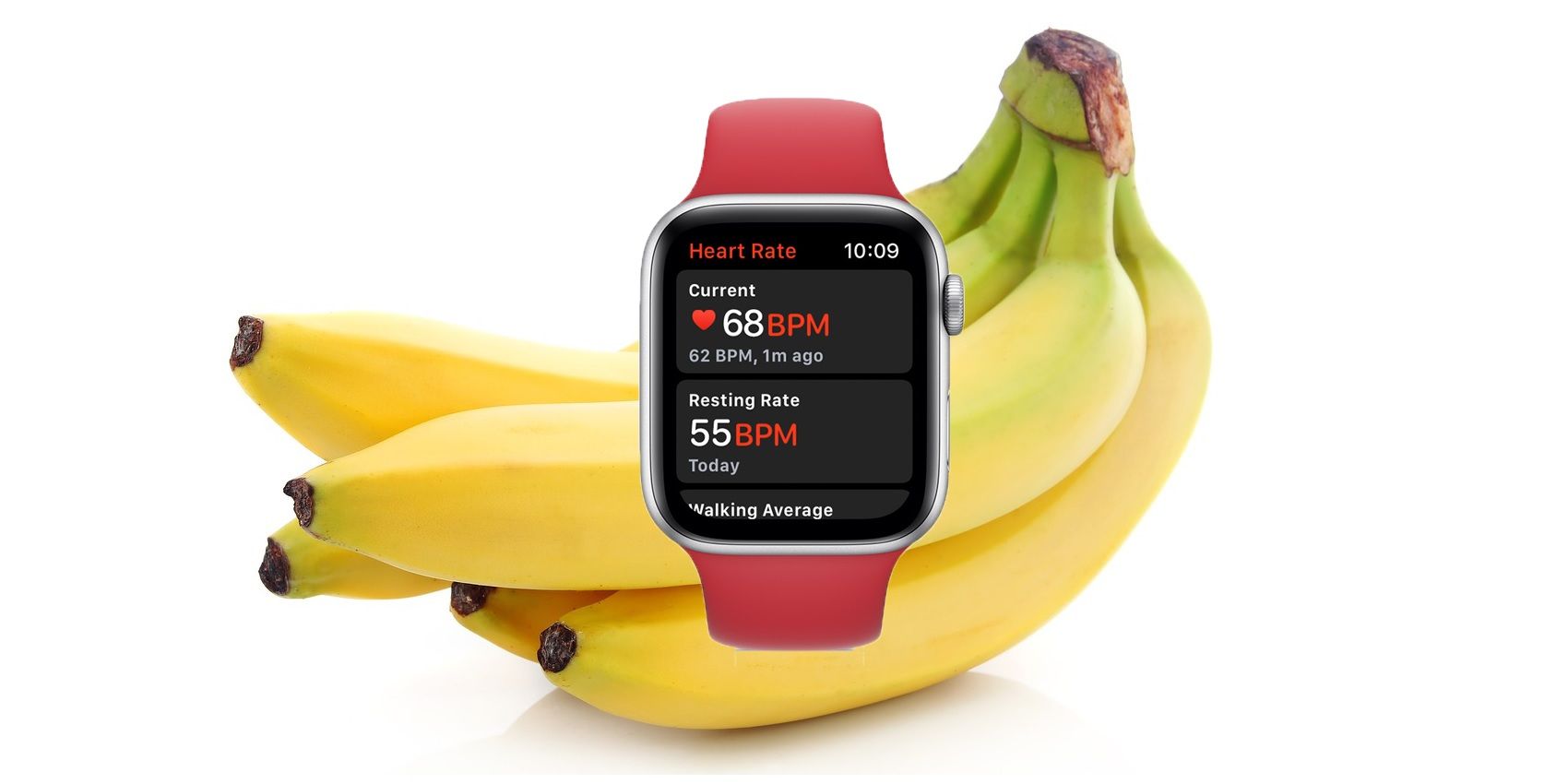Bananas have a heart rate according to the Apple Watch. While smartwatches have become popular solutions for measuring and monitoring health-related aspects, they are prone to mistakes and misreadings at times.
When taking the Apple Watch out of the equation, smartwatch sales are not quite as healthy as they probably should be. The same is not quite the case with fitness bands and trackers which continue to dominate the market, and especially thanks to globally popular products from Xiaomi and Huawei. This has resulted in many smartwatch-makers opting to focus more on including health features and benefits into their products to attract some of those fitness-focused buyers. The Apple Watch is no exception with plenty of health benefits on offer, including a heart rate monitor.
A Reddit post has gained significant upvotes and comments over the last couple of days thanks to a video which seems to show the Apple Watch thinking bananas have a heart rate. Well, a banana, as the video shows someone placing the smartwatch on the fruit (or berry?) and after a set amount of time the watch shows an RPM readout on the display.
Why Does The Apple Watch Think Bananas Have A Heart Rate?
The simple truth is the Apple Watch doesn’t think anything, nor is it actually making a mistake. This is also not the first time this effect has been noticed with the Apple Watch and bananas hitting the headlines back in 2018 for the exact same reason. In fact, it is not only the Apple Watch or bananas where the effect can be seen, as it was also previously observed with other wearables and even on toilet paper. Essentially, (almost) anything can be made to show a heart rate due to the way these devices take the measurement.
Pretty much all smartwatches and wearables that measure heart rates do so through the use of photoplethysmography. In the case of the Apple Watch, this is where a green light is omitted and projected on to the arm and then the changes in light absorption (how much light is reflected back to the sensor) are what’s actually measured. This then allows the device to calculate a heart rate measurement. Due to how the technology works, anything that can reflect light is likely to fool a smartwatch into giving out a false reading. Although, in reality, it is not even a false reading as the device is only measuring the light absorption, and not anything else. What’s more, due to the fact that different objects reflect varying levels of light, the effect can be repeated on different things with a variety of results and leading to the impression that everything around us has a unique heart rate. The better an object is at reflecting light, the more likelihood that the Apple Watch will provide a heart rate reading.
Source: Reddit


